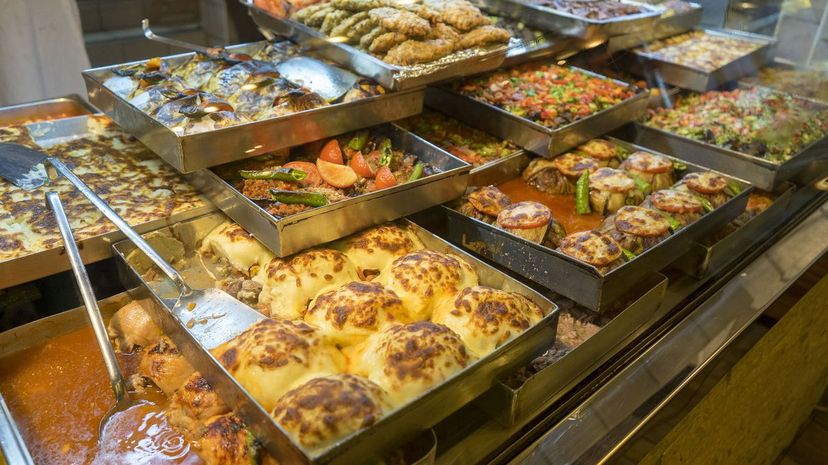
About This Quiz
Time to get hungry! Thanks to globalization, foods that originated in countries on the other side of the world are now prepared all over the world. Take something like sushi, for example. Since the 1980s, the growth in consumption of sushi outside of Japan has skyrocketed. And there are other examples as well - think about Mexican dishes and Thai food. In fact, there are hundreds of examples of cuisine from other countries that are now available all over the world.Â
And thank goodness for that - otherwise we would miss out on all that yummy goodness. But where do all these foods actually originate? Even traditional Western food often has an interesting story to tell when it comes to how it all started. For example, who made pasta first? Or who first decided to drench some fish in batter and fry it? And why did one nation add cabbage to their mashed potatoes?
But this quiz is not only about food; it's about food ingredients as well. Ever wonder where chilis come from? What about maize or macadamia nuts? You might be surprised by some of the answers. So let's test your foodie knowledge, shall we, in our "Can You Match the Food to Its Country of Origin?" quiz.Â
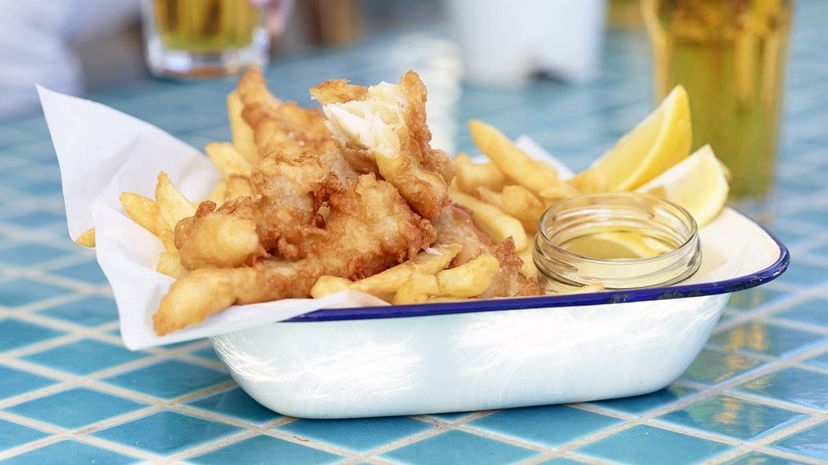
The staple takeout in the United Kingdom, fish and chips, is delicious. What's not to like about some fried potatoes and fish that has a crispy golden batter that adds texture and an incredible crunch? This batter was initially used to protect the fish while frying, but people found that it tasted great as well. Fish and chips may come with sides, such as mushy peas, pickled eggs and gherkins.

We all know and love hot dogs, don't we? And while we may consider them as American as baseball and Chevrolet, they are actually from Germany. Frankfurters, the staple sausages that evolved into hot dogs, date back to the 1400s. Hot dogs in the form we know them have been sold in the United States since the 1860s.
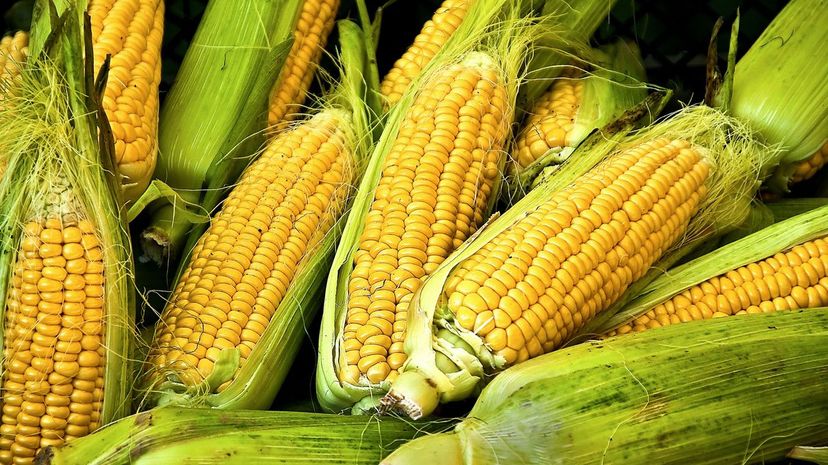
Maize is a product of Mexico and was first grown by indigenous people of the country. In fact, maize has been used as a domestic crop for at least 7,000 years. The Spanish brought it back to Europe. Today, the United States is the biggest producer of corn in the world.
Advertisement
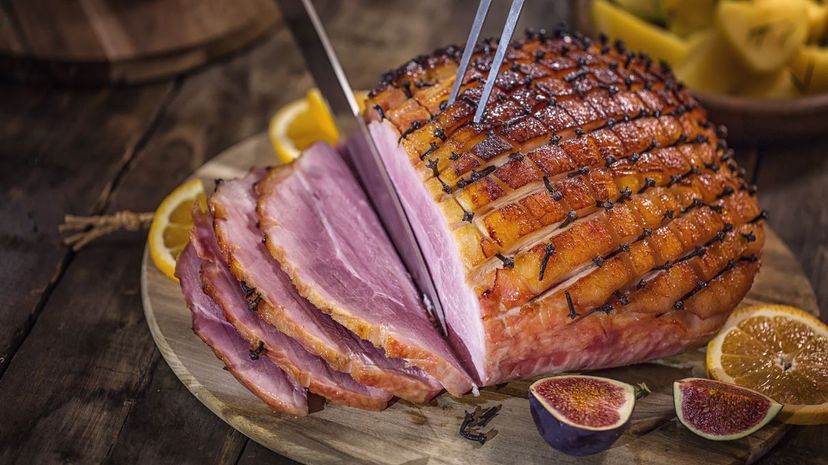
Black Forest ham often takes up to three months to make. The wait is worth it, however. Cured and salted, the ham was first made in the Black Forest region of Germany in the late 1950s. Interestingly, it was first sold by mail order!
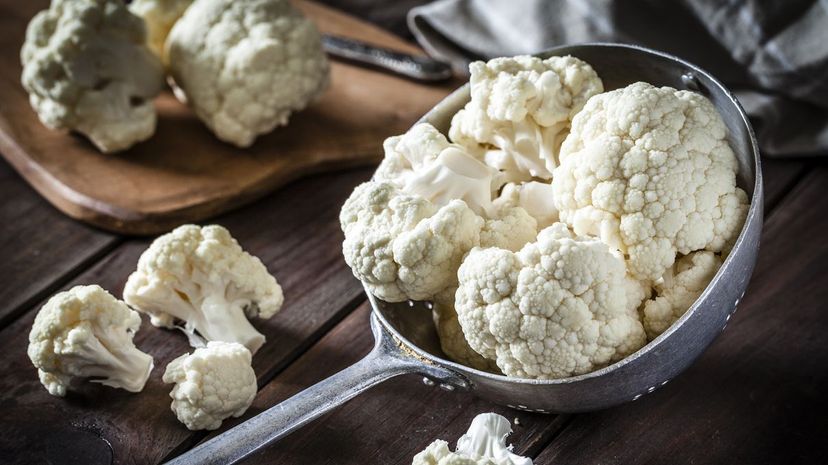
It seems that cauliflower can be traced to the island of Cyprus in the Mediterranean Sea. If it was not first cultivated there, then certainly somewhere nearby. In fact, early Roman author Pliny describes something similar in looks to cauliflower in writings from the first century. White is the most common color, but orange, green and purple varieties exist.
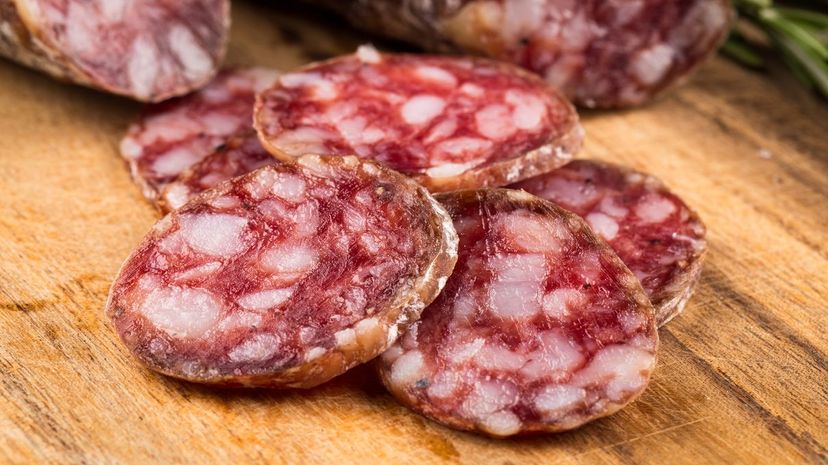
Traditional salami is made from a range of different meats that are cured over time. Sadly, modern salami in the U.S. is nothing like the traditional salami that you will find in Europe. Many countries have their own traditional versions, but most food historians agree that salami was first made in Italy.
Advertisement
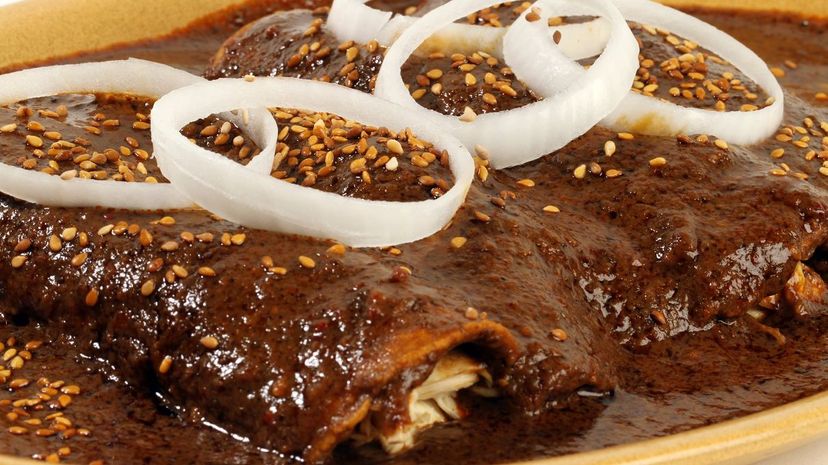
Where exactly in Mexico mole sauce originated is up for debate. And the exact ingredients for the sauce are up for debate too! What is known is that there are many varieties of mole sauce. Although chocolate certainly wasn't an ingredient in early versions of the sauce, it is found in most modern mole sauces, along with herbs, spices, tomatoes, garlic and cilantro, and other optional ingredients.
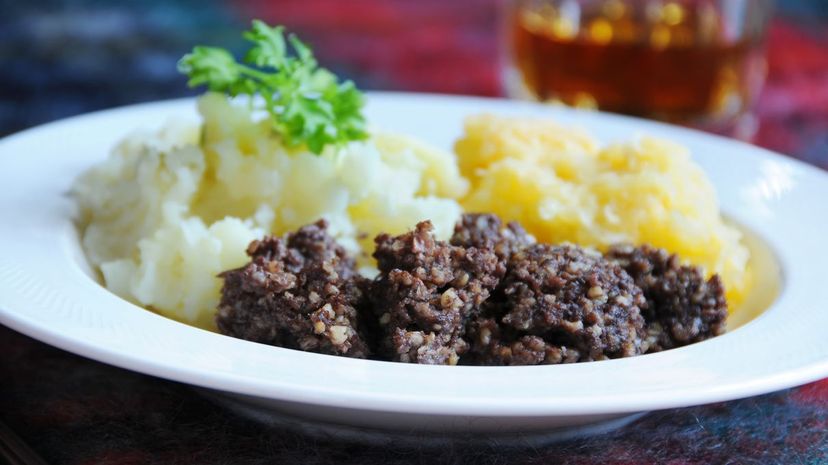
Haggis is a traditional Scottish dish which is made from various parts of the sheep (or some other animal), including its heart, liver and lungs. Mixed with spices, onion, suet and other ingredients, it is then inserted into a sheep stomach and boiled. Um, no thanks!

Olive trees can be found all over the world, but they originated in the Mediterranean. In fact, fossils date to at least 20 million years ago. Edible olives have been with us for around 6,000 years.
Advertisement
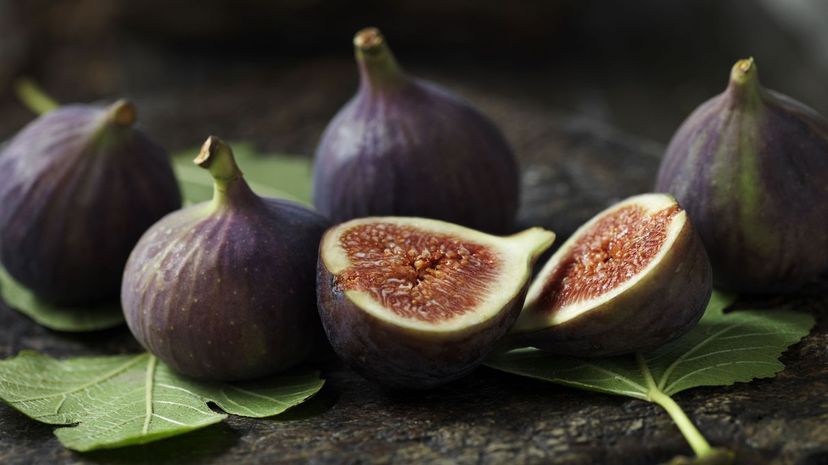
Figs are found in many locations around the world, but fossils discovered in Israel have indicated fig plantations were set up in the Jordan Valley in 4000 B.C. Figs spread through the Mediterranean and were particularly popular in Ancient Greece.
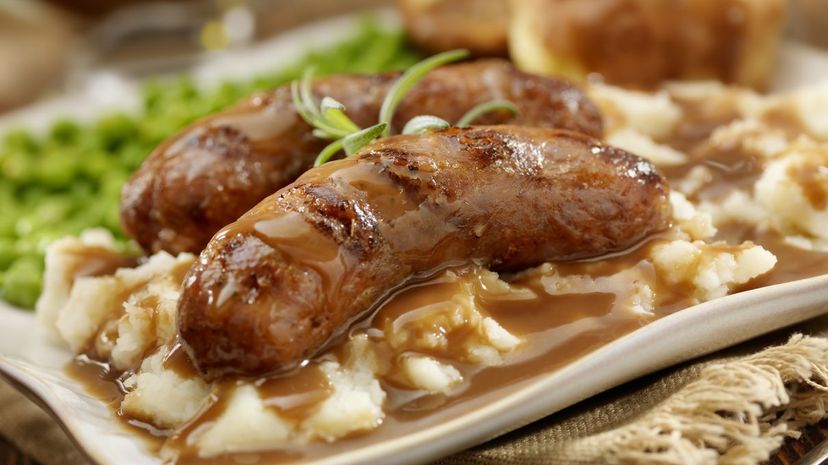
Known as bangers and mash, this dish originated in Great Britain. The term originated during World War I, when sausages had less meat and more water and fillers in them, due to food shortages, so they would sometimes explode when cooking. Bangers and mash are often served with onion gravy and peas.

Coq au vin, or "rooster in wine," is most certainly a French dish. Although there is no evidence to suggest as much, the dish was said to have been prepared by France's earliest inhabitants, the Gauls. In more modern times, however, it can be traced back to the 1800s.
Advertisement
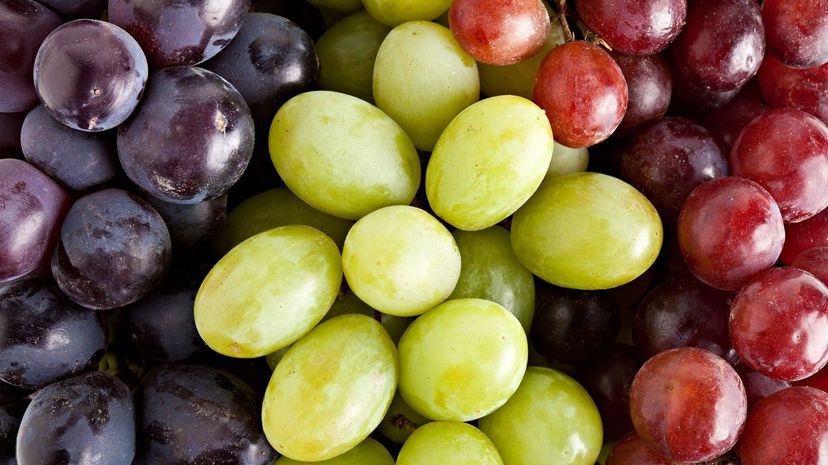
Cuneiform script tablets that describe early grape cultivation have been found in Syria. Grapes are used to make wine, jams and more, and grape leaves are used in Mediterranean cuisine. Of course, grapes are also eaten as-is, as a tasty fruit treat.
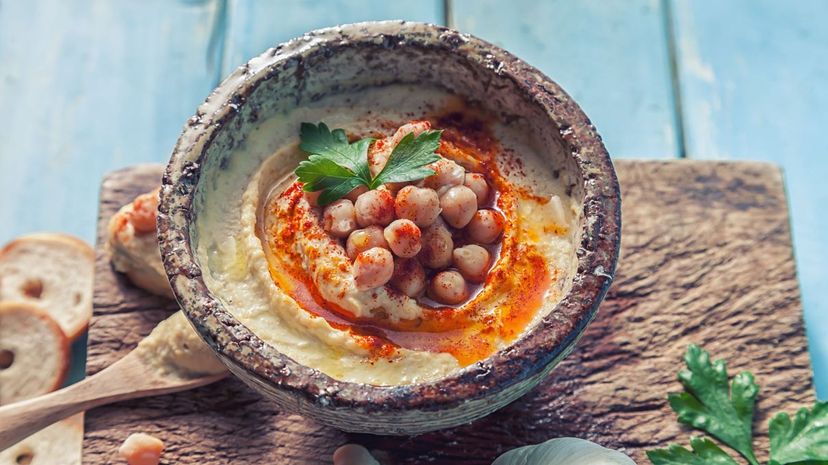
Hummus most certainly originated in the Middle East, thanks to the fact that it is made from chickpeas found throughout the region. The first mention of it, however, dates back to the 1300s in Egypt.
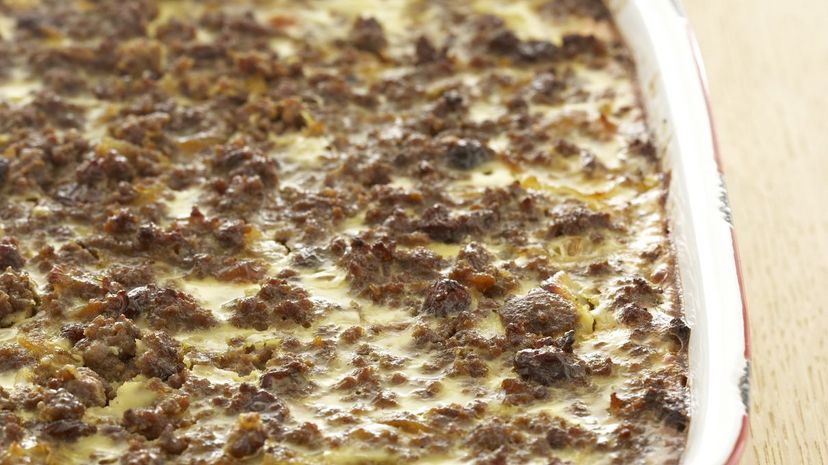
Known as bobotie, this dish is a traditional South African meal with some inspiration from Holland. That said, bobotie is uniquely South African, using spices and curries from Malay culture. It is often served with a number of sides, including sambal, banana, nuts and chutney.
Advertisement
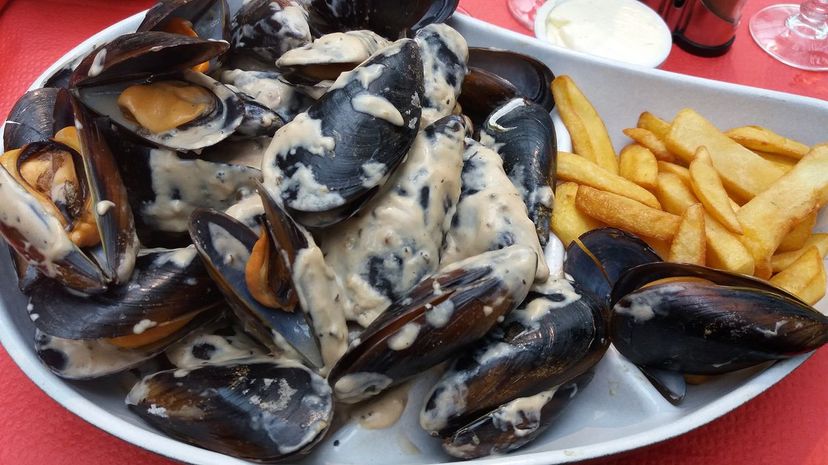
Moules-frites, or simply mussels and fries, is a dish which originated in Belgium. It is considered to be the unofficial national dish of Belgium. The mussels are steamed in a metal pot.
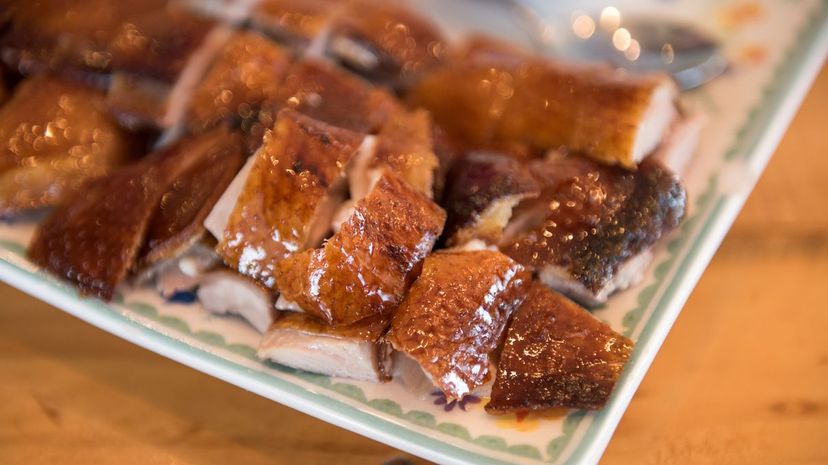
Duck has been a staple food in China for centuries. The preparation of Peking duck, however, is thought to have started in the Ming Dynasty. Peking duck is typically served sliced thin, with crispy skin, along with crepes, cucumber, onion and a sweet sauce.

Served with both sweet and savory fillings. crepes might be popular all over the world, but without a doubt they are a French creation. In particular, they come from the region of Brittany.
Advertisement
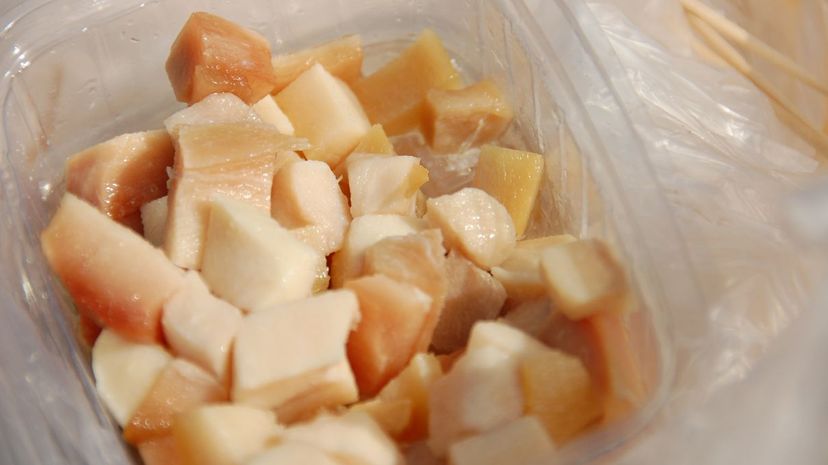
Hákarl is a traditional meal served in Iceland. It consists of Greenland shark that has been fermented and cured, using lactic acid rather than salt. It's not for the faint-hearted, however, thanks to its heavy ammonia aroma.
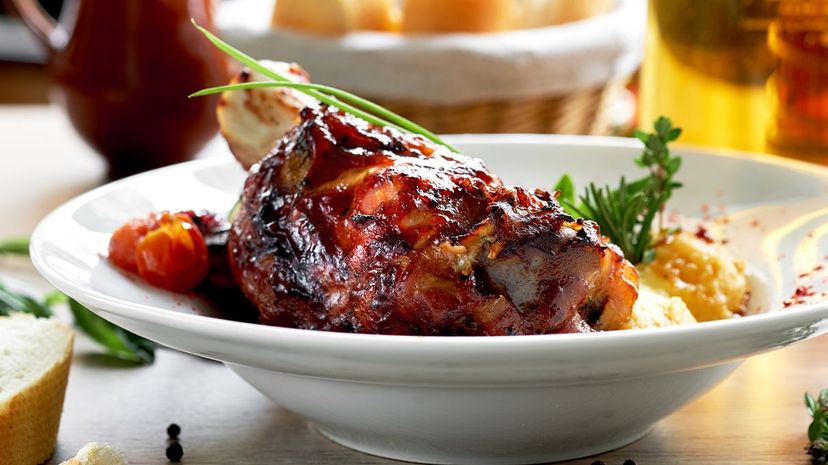
Eisbein, or ham hock, is a cured and boiled meat that is a traditional dish in Germany, often served with sauerkraut and pureed peas. It is prepared by roasting the meat on the bone. It is served in a number of ways, depending on the region of Germany you might be in.
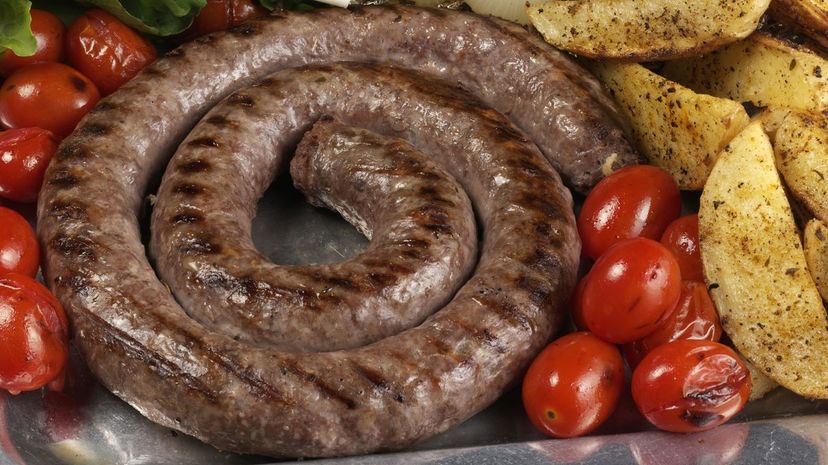
Named "Boerewors," which literally means "farmer's sausage," this meat is a staple of South African food, particularly when prepared on a barbeque grill or "braai." It is made from beef but also can contain some lamb and pork.
Advertisement
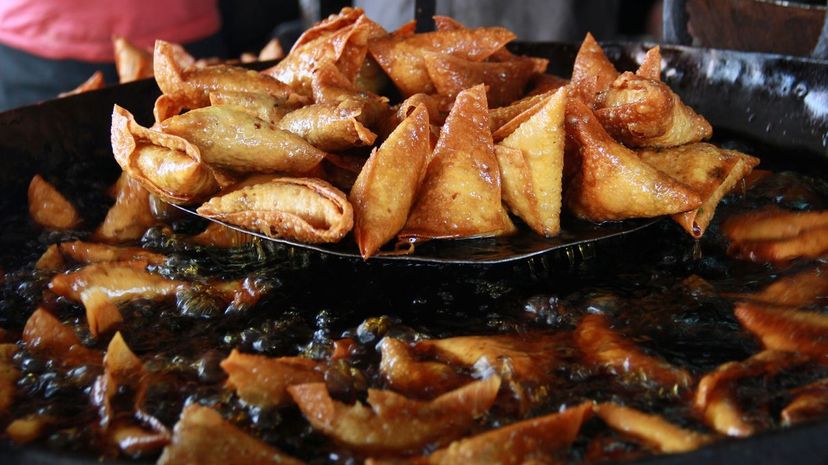
India is thought to be the home of the samosa, a delicious deep-fried treat with savory fillings, including meat, fish, chicken and vegetables. A popular snack, samosas are served around the world, particularly in Asia.
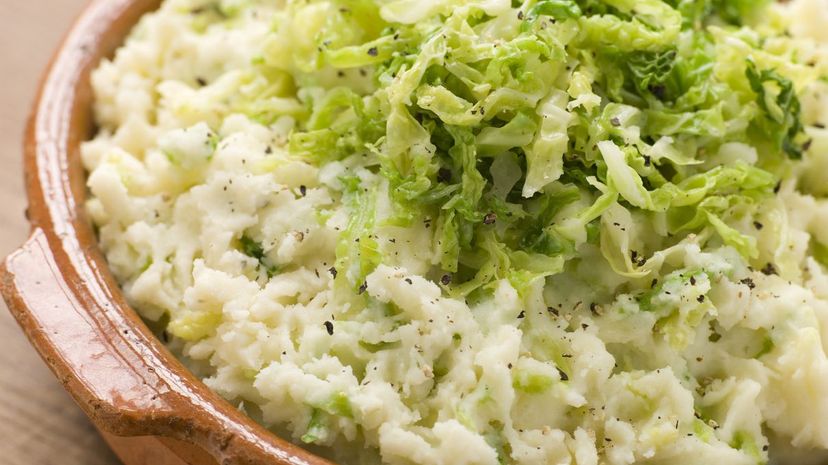
Colcannon is an Irish dish, made from mashed potatoes and kale or cabbage. In some instances, spring onions, leeks or chives are also added. This staple dish in Ireland has many regional variations.

Polenta is a traditional dish served in Italy. It is cornmeal that has been boiled, which can then be eaten as a porridge. Or, if it is allowed to solidify, it may be grilled or even fried. It has been eaten since Roman times, originally made with a grain called spelt. After the introduction of maize to Europe, polenta was made from cornmeal.
Advertisement
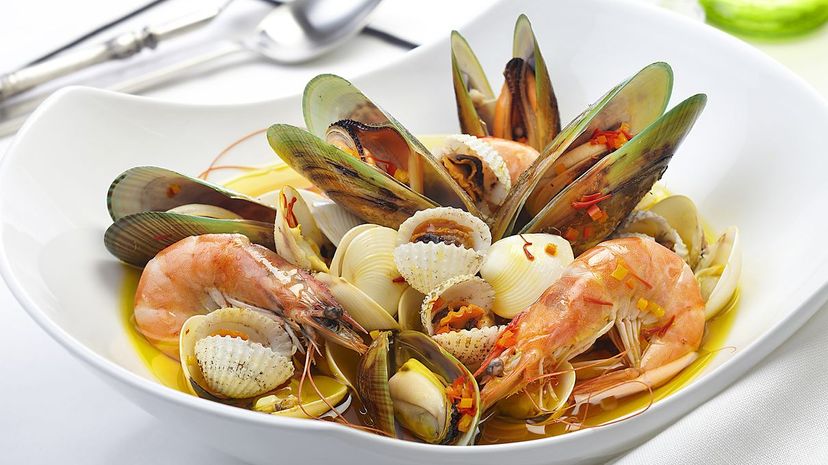
It's fish stew to us, but in France this dish, which originated in the port city of Marseilles, is called bouillabaisse. It is made with a variety of fish and shellfish, as well as vegetables and herbs.
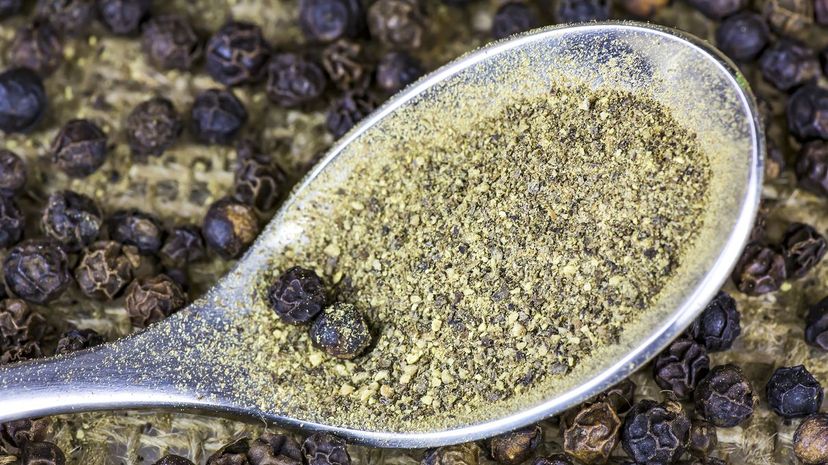
Although black pepper was originally found across Southeast Asia, it is always associated with the country of India. In fact, it was in use in Indian cooking back in 2000 B.C. Pepper became so highly prized as a trade commodity, it was often referred to as "black gold."

Cashew nuts were first grown in Brazil. The Portuguese brought the nuts to Europe, India and East Africa in the 1500s. Cashews are now grown all over the world, with Vietnam leading production figures. By the way, cashews are actually seeds - not nuts.
Advertisement
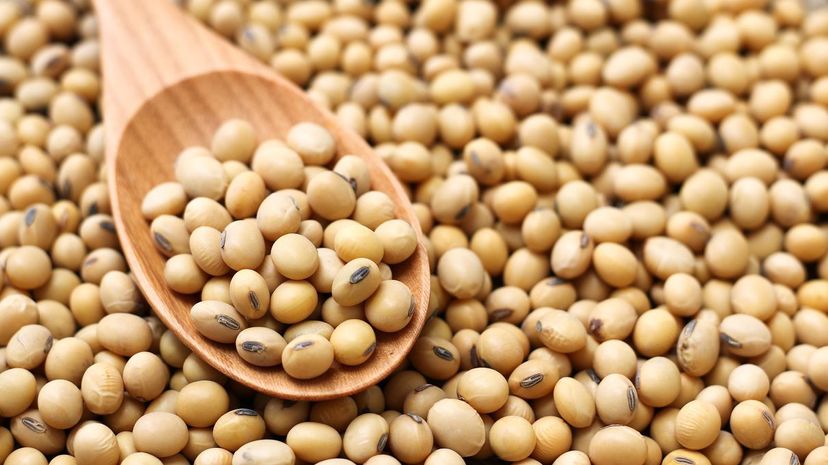
Soybeans are a staple of the Chinese diet and have been a domesticated crop in the country from around 1100 BC. They moved from there to Japan and Korea. Trade saw soybeans reach Europe and the Americas in the 1700s.

Evidence suggests that watermelon was grown by the Egyptians as far back as 2000 B.C. Certainly, the large fruit originated in and around Northeast Africa, in varieties less appetizing than the cultivated ones we know and love. Today, watermelon is grown all over the world.
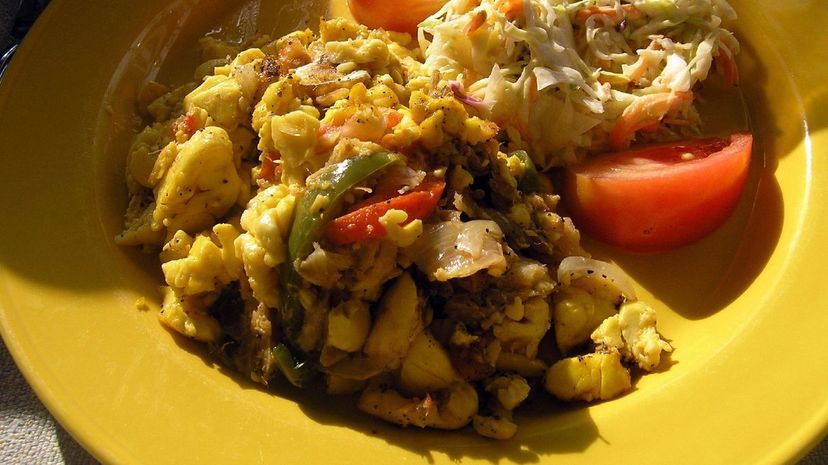
The national dish of Jamaica, ackee and saltfish, is a fruit and seafood dish prepared with hot scotch bonnet peppers, onions, tomatoes and various other ingredients. It can be served as a breakfast dish or at dinner. It is sometimes eaten with dumplings or fried plantain.
Advertisement
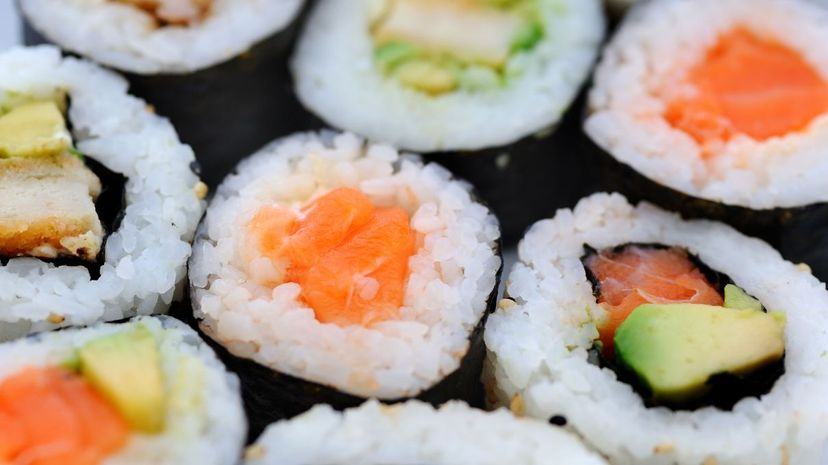
We have Japan to thank for the delicious seafood dishes that fall under the sushi banner. Sushi, which means "sour rice," originates from another dish, known as narezushi, in which fish was stored in rice to stop it from rotting. Sushi as we know it today was first served during the Edo period in Japan's history.
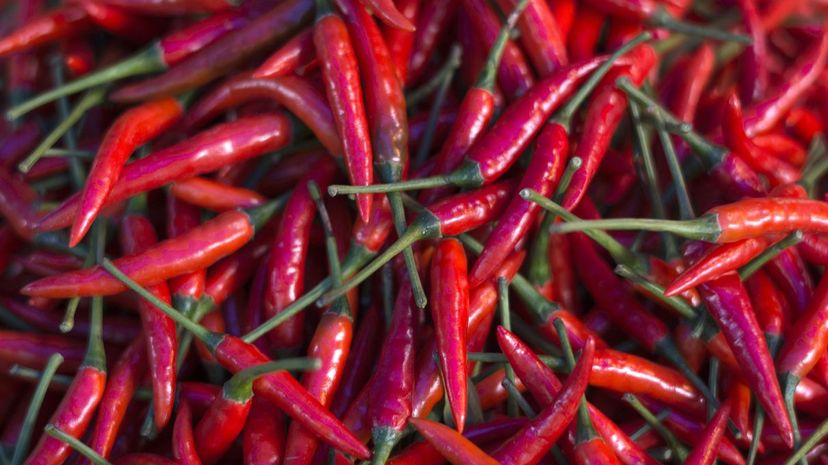
Chili peppers, the fruit of the Capsicum plant, originated in Mexico and have formed part of their cuisine for thousands of years, from around 7,500 B.C. in fact. These fiery fruits were introduced to India through trade in the early 1500s.
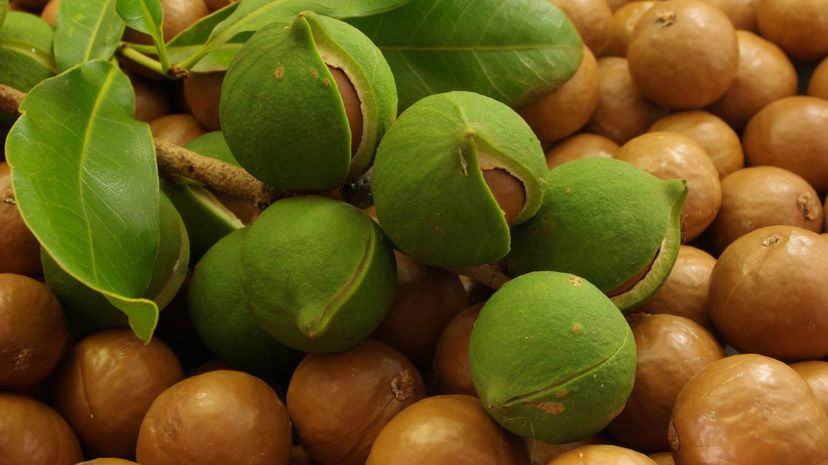
Macadamia nuts originated in Australia and were first encountered in 1828 when "discovered" by Allan Cunningham, an English botanist. The Aboriginal people of Australia already had many names for this nut, including "boombera."
Advertisement
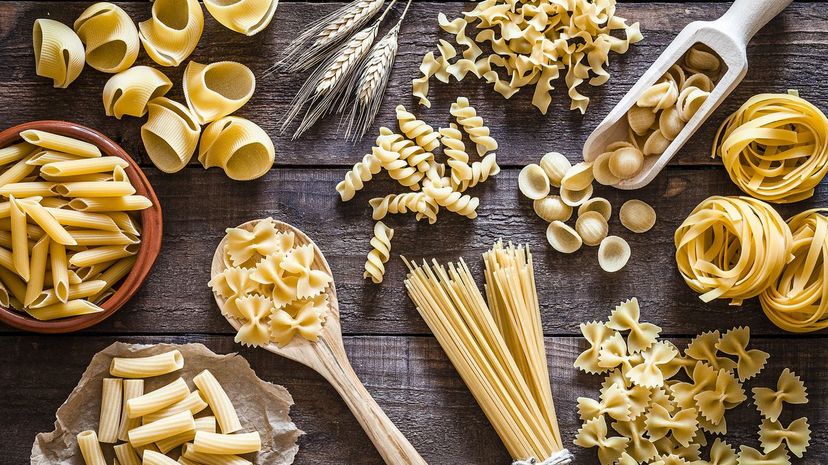
Fried sheets of dough, similar to modern day pasta, were a street food in Roman times and were recorded as such in 1 A.D. by Horace. They were called "lagana." Pasta as we know it today, however, can be traced back to the 14th century. In Italy, the names of pastas are often based on their shapes. Radiatori, for example, resemble tiny radiators.
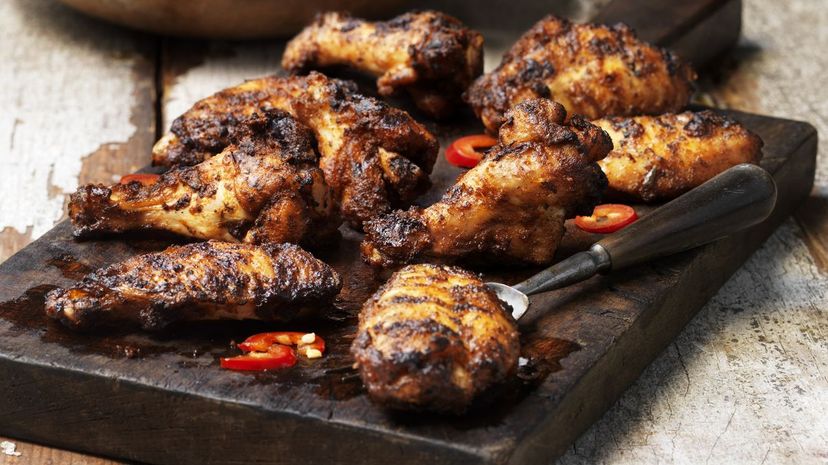
Hot, spicy and delicious - that's the best way to describe piri piri chicken, a beloved dish of Mozambique. The piri piri is an African chili that was brought to the area by the Portuguese. A sauce made with piri piri chili peppers is used to marinated the chicken, which is then traditionally grilled.
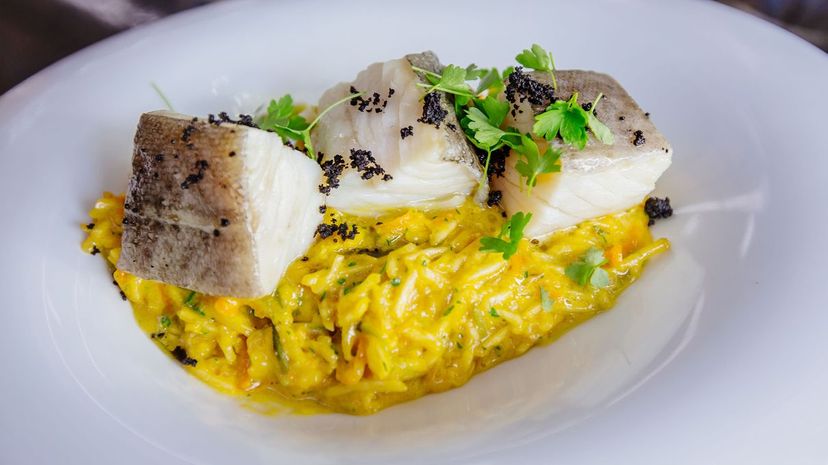
Bacalhau is a traditional Portuguese dish. It is prepared in many different ways, depending on which region of Portugal you are in. But all bacalhau dishes have one thing in common - salted cod. It is often nicknamed "fiel amigo," which means "loyal friend."
Advertisement
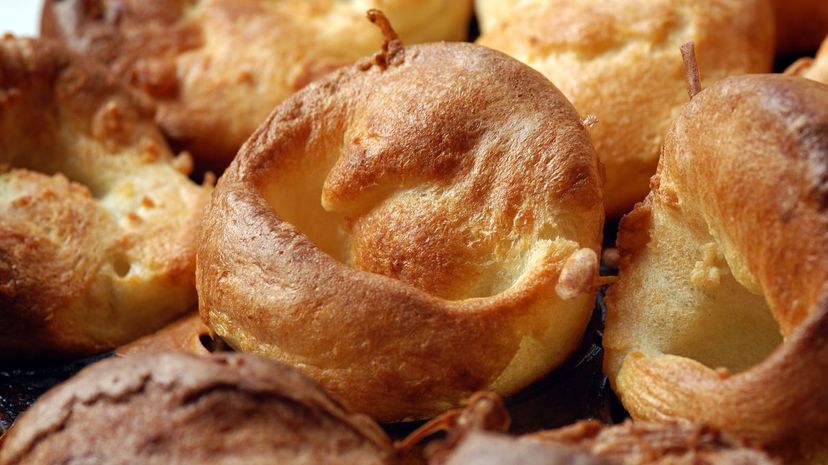
A side dish served with a traditional roast meal, Yorkshire pudding is not pudding in the American sense at all! Made from a batter of eggs, flour and water, it is cooked in a muffin tray in the oven, positioned below a roast to catch the drippings. It is then served with gravy. A reference to Yorkshire pudding, then called "dripping pudding," has been traced back to 1737.
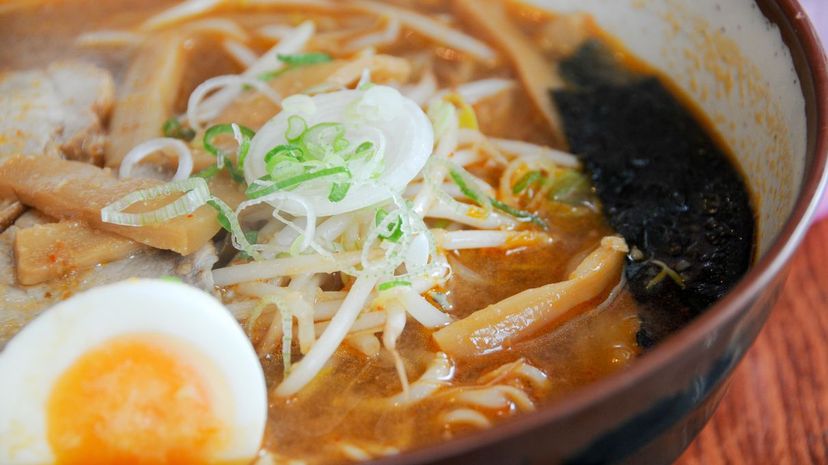
It is generally considered that ramen is a Japanese take on traditional Chinese wheat noodles. There are many conflicting stories of when the Japanese first produced it, however. What is known is that ramen preparation is very regional; it differs from place to place in Japan. Instant ramen, a staple diet of students all over the world, was invented by Momofuku Ando in the 1950s.

Although bread with toppings has been served for centuries, the modern pizza comes from Naples, Italy, and was first made in the 18th century. From the 1830s, pizza topped with cheese, basil and garlic was a popular street food in the country.
Advertisement

Although stew is certainly not an Irish invention, their take on it, Irish stew, is one of the country's national dishes. Called Stobhach Gaelach in Gaelic, it consists of mutton, potatoes and onions. Some people will also put carrots in their Irish stew, and it can also be made with goat.